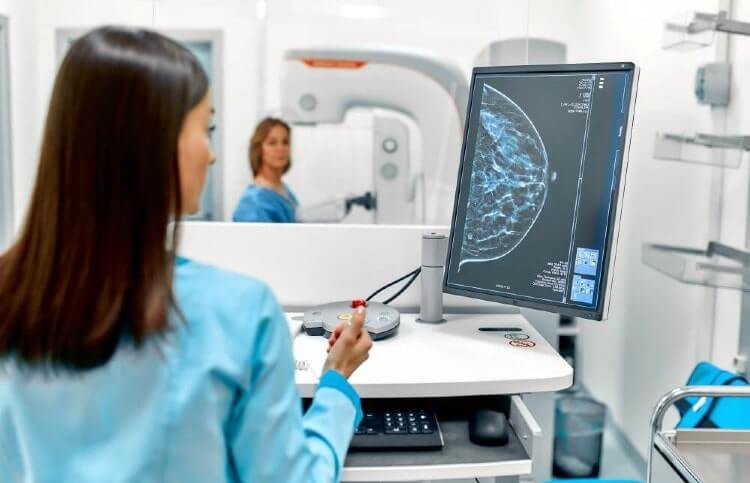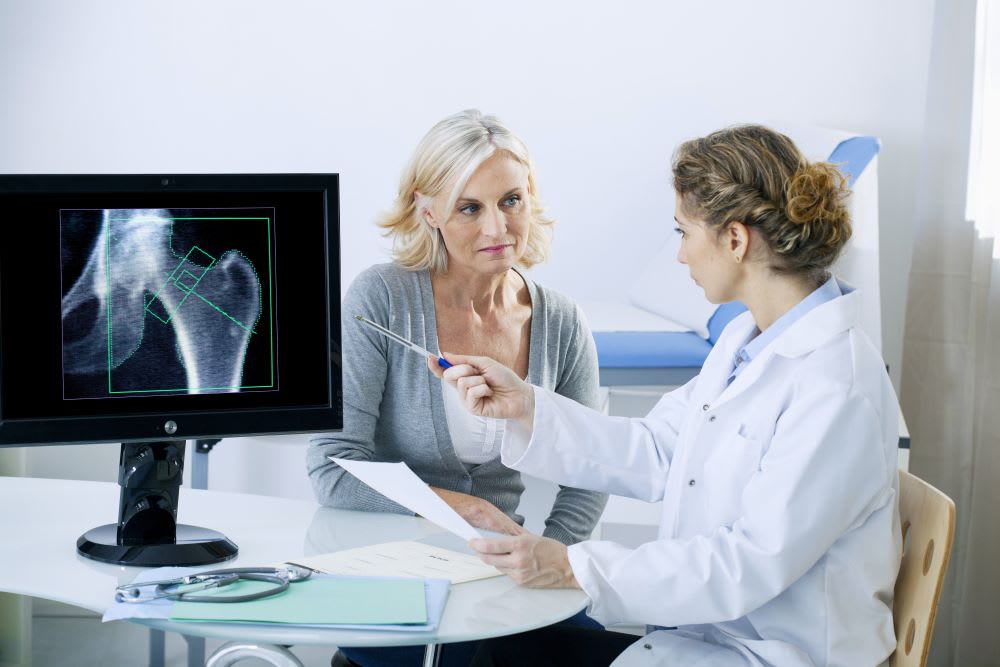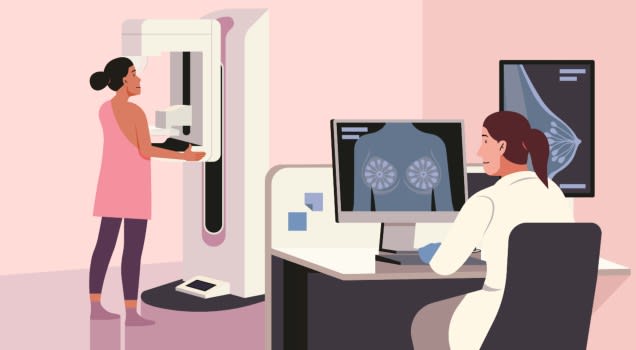What Causes Dense Breasts?
Published: June 05, 2019l
By Moira O'Riordan, Interim Chief of Women's Imaging, Stamford Health Breast Center
Though this is stating the obvious, every woman’s breasts are different. Size and shape, however, aren’t the only factors. Some of us have dense breasts, or breasts with more dense tissue as opposed to fatty tissue.
It’s important to understand breast density is a mammographic definition. In other words, a breast radiologist will determine whether or not you have dense breasts based on a specific ratio. That’s right- don’t go by self-checks alone to “guess” the density of your own breasts!
If you’ve been told you’re at higher risk for breast cancer due to family history, having dense breasts, or other factors, contact Stamford Health’s Breast Center’s high risk breast cancer screening team.
Though this is stating the obvious, every woman’s breasts are different. Size and shape, however, aren’t the only factors. Some of us have dense breasts, or breasts with more dense tissue as opposed to fatty tissue.
It’s important to understand breast density is a mammographic definition. In other words, a breast radiologist will determine whether or not you have dense breasts based on a specific ratio. That’s right- don’t go by self-checks alone to “guess” the density of your own breasts!
How do I know if I have dense breasts?
When you go for a breast screening, your breast radiologist will determine the ratio of fibroglandular (dense) to fatty (non-dense) tissue. A reporting system called BI-RADS puts you in one of four categories that determine your level of density. Ask your doctor where you stand.- Category A or 1: About 1 in 10 women have mostly fatty breasts.
- Category B or 2: About 4 in 10 women have scattered areas of dense breast tissue, but the breasts are mostly non-dense.
- Category C or 3: About 4 in 10 women have mostly dense breasts with some areas of non-dense tissue.
- Category D or 4: About 1 in 10 women have extremely dense breasts.
What causes dense breasts?
- Young age: When we’re younger, we have higher levels of hormones which contribute to dense breast tissue. Even though you can have dense breasts at any age, density usually decreases as you get older.
- Hormonal therapy: If you take hormones for menopausal symptoms, you’re more likely to have dense breast tissue.
Should I worry about the risk of breast cancer if I have dense breasts?
Not necessarily. While having dense breasts alone is an independent risk factor for breast cancer, increasing risk by 4 to 6 times, breast density doesn’t tell the entire story. Speak to your doctor about your specific set of risk factors and family history.Can mammograms miss cancer in dense breasts?
Mammograms are still the best and most accurate way to detect breast cancer in the majority of cases. Because it’s true that density can make it more difficult to identify breast cancer on a mammogram, we always recommend an additional screening breast ultrasound. Ultrasound penetrates dense breast tissue and therefore can identify a breast cancer that can’t be seen on a mammogram. Masses look dark gray or black on a sonogram. On a mammogram, masses appear white, making it difficult at times to distinguish them from normal glandular tissue. (Note – not all insurance pays for screening breast ultrasound.)If you’ve been told you’re at higher risk for breast cancer due to family history, having dense breasts, or other factors, contact Stamford Health’s Breast Center’s high risk breast cancer screening team.
Schedule A Breast Screening Today
Featured Expert/ Author

























